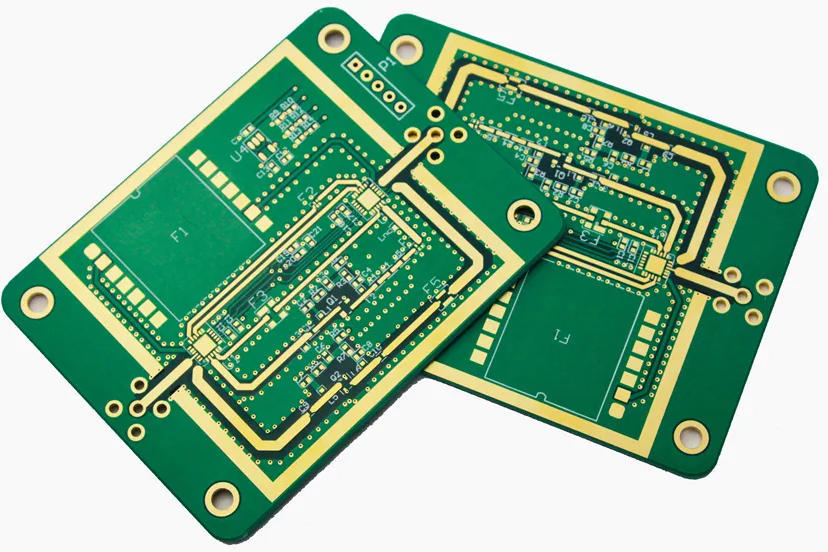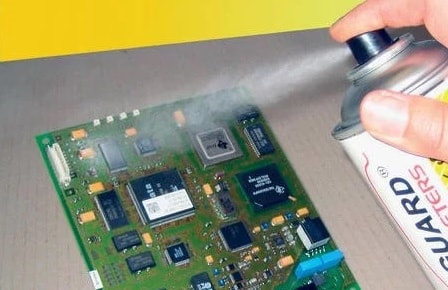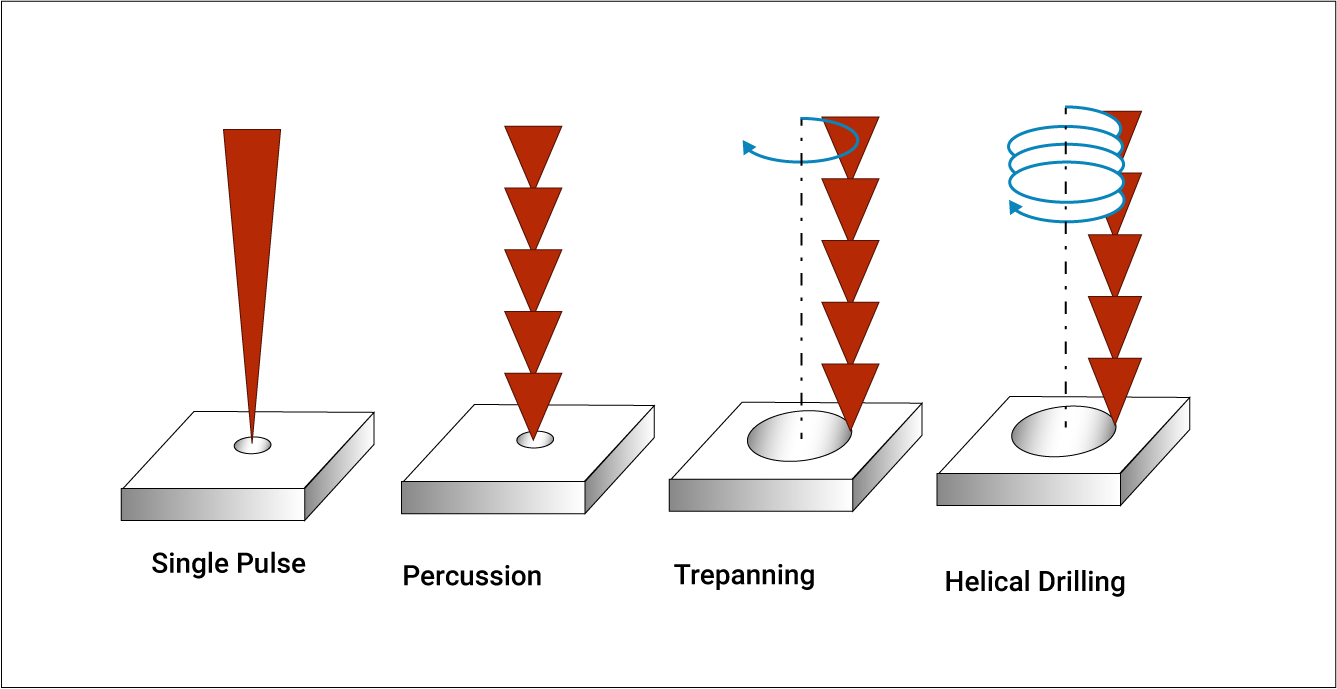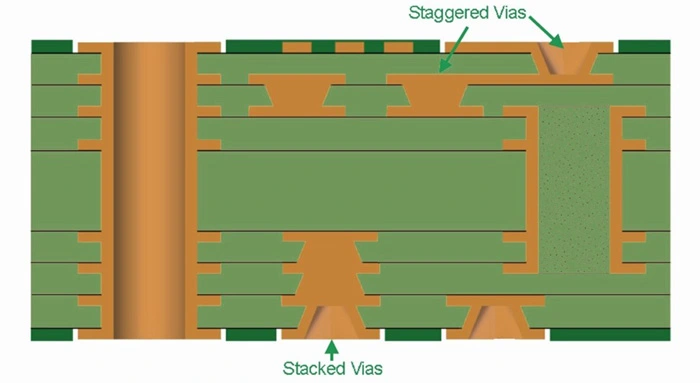Are you an electronic hobbyist or a model rocketry enthusiast looking to design a simple avionics PCB for your next rocket project? Whether you're venturing into DIY rocketry PCB design or seeking a basic PCB design for rockets, this guide will walk you through the essentials of creating a functional and reliable avionics circuit. We'll cover everything from understanding the role of avionics in model rocketry to step-by-step instructions for designing a simple PCB tailored for your rocket's needs. Let's dive into the exciting world of model rocketry avionics PCB design and help you launch your project with confidence!
What Are Avionics PCBs in Model Rocketry?
Avionics PCBs (Printed Circuit Boards) are the electronic brains of a model rocket. They manage critical functions like altitude tracking, parachute deployment, data logging, and sometimes even flight stabilization. For electronic hobbyists in rocketry, designing a custom PCB for avionics allows you to tailor the system to your specific rocket's requirements, making it a rewarding DIY project.
In this guide, we'll focus on creating a simple avionics circuit that even beginners can tackle. This means prioritizing essential components and straightforward designs while ensuring reliability during the high-stress environment of a rocket launch. By the end of this post, you'll have a clear roadmap for building a basic PCB design for rockets that meets your needs.
Why Design a Custom Avionics PCB for Model Rocketry?
While off-the-shelf flight computers are available, designing your own model rocketry avionics PCB offers several advantages. First, it’s cost-effective for hobbyists who plan to build multiple rockets. Second, it provides complete control over the features you include, such as specific sensors or communication modules. Lastly, it’s an excellent learning experience for anyone interested in electronics and DIY rocketry PCB projects.
A custom PCB also allows for compactness. Model rockets have limited space, often requiring electronics to fit into a tube with a diameter as small as 1.5 inches (38 mm). Designing a PCB ensures your avionics system is lightweight and space-efficient, often weighing less than 50 grams for smaller rockets.
Key Components of a Simple Avionics Circuit for Rockets
Before diving into the design process, let’s break down the essential components of a basic avionics PCB for model rocketry. Understanding these elements will help you create a functional and reliable system.
- Microcontroller: The heart of your avionics system. A microcontroller like an Arduino-compatible chip (e.g., ATmega328P) processes data and controls functions. It typically operates at 8-16 MHz, sufficient for basic rocketry tasks.
- Altimeter Sensor: Measures altitude using barometric pressure. Common choices like the BMP280 sensor can detect changes as small as 1 meter, ideal for triggering parachute deployment.
- Accelerometer: Tracks acceleration and orientation. A 3-axis accelerometer (e.g., MPU-6050) with a range of ±16g is often used to detect launch and apogee.
- Power Supply: A small lithium battery (e.g., 3.7V, 500mAh) or a 9V battery with a voltage regulator ensures stable power, typically providing 3.3V or 5V to components.
- Ignition Circuit: Controls parachute deployment or other events using a MOSFET or relay to handle currents up to 1-2A for igniting pyrotechnic charges.
- Data Storage: A microSD card module logs flight data like altitude and speed for post-flight analysis.
Step-by-Step Guide to Designing a Basic PCB for Rockets
Now that you understand the components, let’s walk through the process of designing a simple avionics PCB for your model rocket. This section is tailored for beginners and electronic hobbyists in rocketry who are new to PCB design.
Step 1: Define Your Requirements
Start by listing the functions your avionics PCB must perform. For a basic design, focus on core tasks like altitude measurement and parachute deployment. Keep it simple—avoid overloading your first project with complex features like GPS tracking or real-time telemetry.
For example, decide if your rocket needs to deploy a parachute at apogee (highest point, often 500-1000 feet for small rockets). This will determine the sensors and logic your PCB requires.
Step 2: Choose the Right Design Software
PCB design software is essential for creating schematics and layouts. As a beginner, opt for user-friendly, free tools that offer robust community support. These tools allow you to draw your circuit, place components, and generate files for manufacturing.
Ensure the software supports exporting Gerber files, the standard format for PCB production. Spend some time watching tutorials to familiarize yourself with the interface before starting your design.
Step 3: Create a Schematic for Your Simple Avionics Circuit
Begin by drawing a schematic—a blueprint of how components connect. Place your microcontroller at the center, then connect it to sensors, power supply, and output circuits. Use a 3.3V or 5V logic level for most components to ensure compatibility.
For instance, connect the altimeter sensor to the microcontroller’s I2C pins for data communication. Add a pull-up resistor (typically 4.7kΩ) to stabilize the signal. Double-check each connection to avoid errors like short circuits or floating pins.
Step 4: Design the PCB Layout
Once your schematic is ready, move to the PCB layout phase. This involves arranging components on a board and routing traces (electrical paths) between them. Keep these tips in mind for a beginner-friendly design:
- Compact Size: Aim for a board smaller than 1.5 x 1.5 inches (38 x 38 mm) to fit inside a standard model rocket tube.
- Component Placement: Group related components (e.g., microcontroller and sensors) to minimize trace length and reduce noise.
- Trace Width: Use a trace width of at least 0.01 inches (0.254 mm) for low-current signals and wider traces (0.03 inches or 0.762 mm) for power lines to handle currents up to 1A.
- Ground Plane: Add a ground plane on one layer to reduce electrical interference, especially important during high-vibration launches.
Step 5: Add Mounting Holes and Connectors
Include mounting holes (e.g., 0.1-inch or 2.54 mm diameter) to secure the PCB inside the rocket. Also, add connectors or solder pads for external components like batteries and igniters. Label each pad clearly to avoid wiring mistakes during assembly.
Step 6: Run Design Rule Checks (DRC)
Before finalizing, use your software’s DRC tool to check for errors like unconnected pins or overlapping traces. Fix any issues to ensure your design is ready for manufacturing.
Step 7: Export Gerber Files and Order Your PCB
Export your design as Gerber files, which include layers for copper traces, solder mask, and silkscreen. Review these files using a Gerber viewer to confirm everything looks correct. Then, submit them to a reliable PCB manufacturing service to produce your board. For small runs, expect costs to be around $5-10 for a batch of 5 boards, depending on size and specifications.
Tips for Testing and Integrating Your Avionics PCB
After receiving your PCB, it’s time to assemble, test, and integrate it into your rocket. Follow these steps to ensure success:
- Soldering Components: Use a fine-tip soldering iron (25-30W) and lead-free solder to attach components. Start with the smallest parts like resistors and capacitors before moving to larger ones like the microcontroller.
- Power-On Test: Connect the battery and verify that the microcontroller boots up. Check sensor readings (e.g., altitude should read near 0 at ground level) using a serial monitor if your design supports it.
- Bench Testing: Simulate flight conditions by tilting the board (to test accelerometer) and blowing air over the altimeter to mimic ascent. Confirm that the ignition circuit triggers as expected.
- Integration: Secure the PCB in the rocket’s avionics bay using screws or adhesive. Route wires neatly to avoid tangles during launch vibrations, which can reach 10-20g forces.
Common Challenges in DIY Rocketry PCB Design and How to Avoid Them
As a beginner, you might face hurdles when designing a model rocketry avionics PCB. Here are common issues and solutions:
- Vibration Damage: Rocket launches create intense vibrations. Use small, surface-mount components and secure the PCB tightly to prevent loosening.
- Power Failures: Ensure your battery can handle peak current draws (e.g., 500mA during ignition). Add a capacitor (10-100μF) near the microcontroller to stabilize voltage.
- Signal Noise: High-speed signals can interfere with sensors. Keep traces short (under 2 inches or 50 mm) and separate power and signal lines.
Safety Considerations for Model Rocketry Electronics
Safety is paramount in rocketry. When working with avionics PCBs, keep these points in mind:
- Always disconnect power before handling ignition circuits to prevent accidental firing.
- Test pyrotechnic charges in a controlled environment away from flammable materials.
- Follow local regulations for model rocket launches, ensuring your electronics comply with safety standards.
Scaling Up: Adding Features to Your Avionics PCB
Once you’ve mastered a basic PCB design for rockets, consider adding advanced features. For instance, include a buzzer for locating the rocket after landing (operating at 3-5V, 85dB) or a radio module for real-time data transmission (e.g., 433 MHz frequency with a range of 500 meters). Each addition increases complexity, so test thoroughly before flight.
Resources for Electronic Hobbyists in Rocketry
Learning PCB design for model rocketry can feel overwhelming, but many resources are available. Online forums and communities focused on rocketry and electronics offer advice and project ideas. Additionally, free tutorials on PCB design software can help you build skills. For inspiration, look into open-source avionics projects shared by other hobbyists on platforms like GitHub.
Conclusion: Launching Your DIY Rocketry PCB Journey
Designing a simple avionics PCB for model rocketry is an exciting and achievable project for beginners and electronic hobbyists alike. By starting with a basic design, focusing on essential functions like altitude tracking and parachute deployment, and following a structured process, you can create a reliable system for your rocket. Remember to test thoroughly, prioritize safety, and learn from each build. With every launch, you’ll gain confidence in crafting DIY rocketry PCBs that take your projects to new heights.
At ALLPCB, we’re committed to supporting hobbyists and engineers in bringing their ideas to life. Whether you’re working on a model rocketry avionics PCB or another innovative project, our manufacturing services ensure high-quality boards at affordable prices. Start designing today and see where your creativity can take you!
 ALLPCB
ALLPCB







